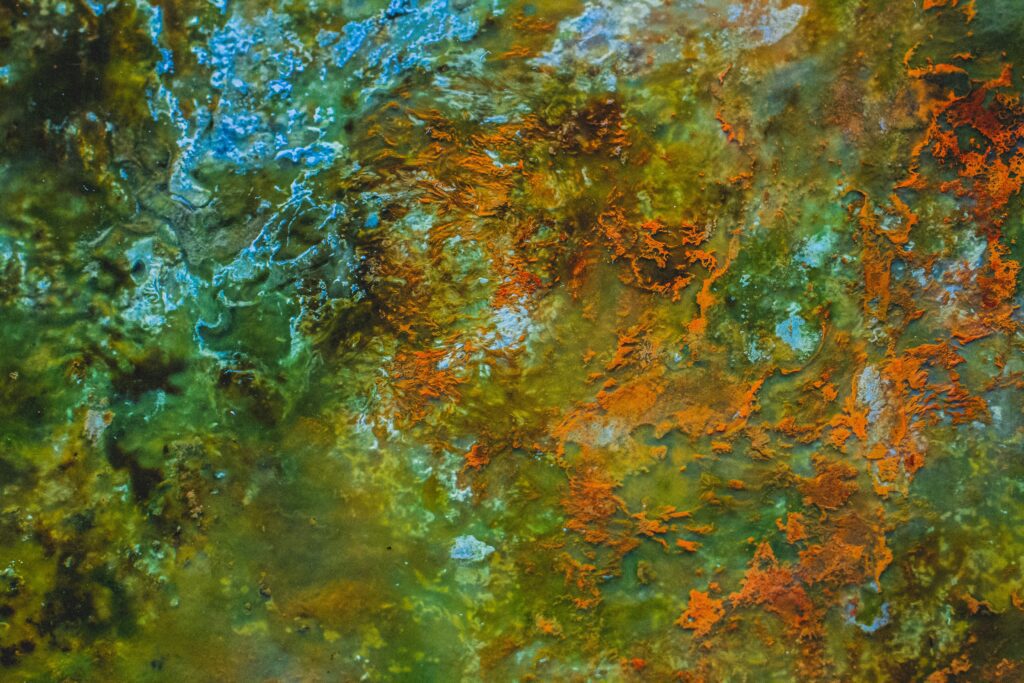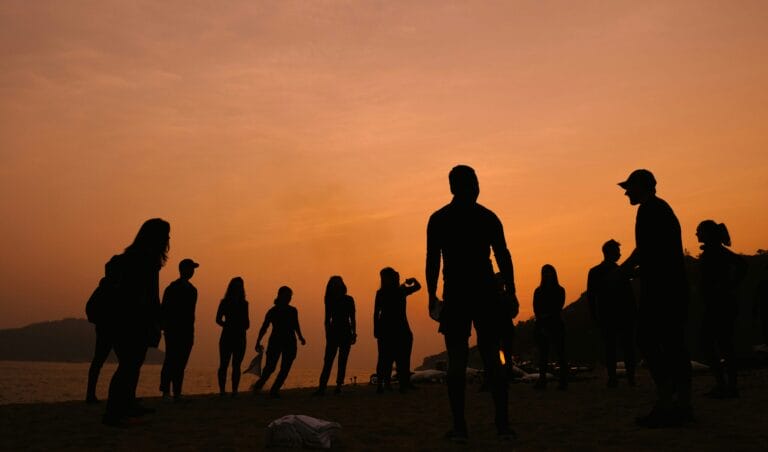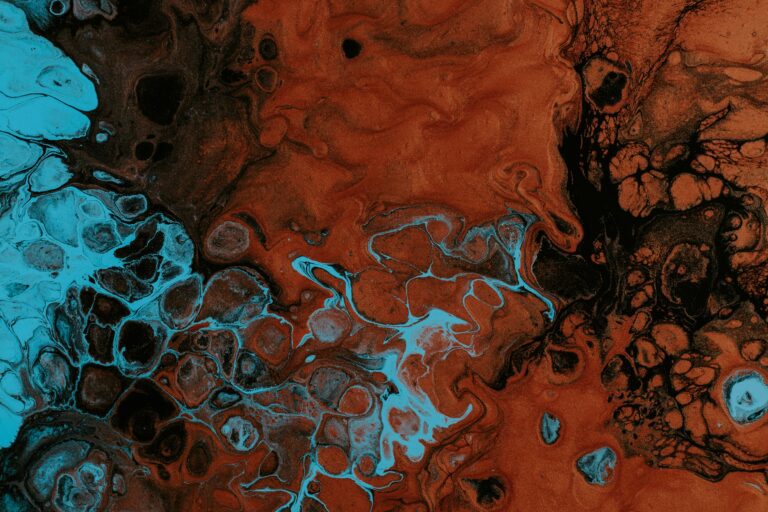Across continents and ideologies, it’s hard to understand exactly what is happening. We’re living in a bifurcated reality where years of anger, fear, exasperation, and, at times, fury hold hands with our very human desire for happiness, for contentment. A simple desire that our beloved may thrive in safe communities.
As I tend to my days, I see most people wanting to enjoy their own day: wanting to feel at peace with the warm sun on their resting eyelids during a beautiful late summer afternoon, with no interest at all in violence. Most people I see would sooner greet a stranger with a smile than a sword, metaphorical or otherwise. But this reality is a privilege. For many, life is a cruel crucible. For others, ignorance, selfishness, or fragile minds that are susceptible to toxic manipulation rob them of warmth.
What role social media and governance play in all this is another charged conversation. The fact remains that we have a global network whereby all manner of information, ideas, and gatherings can spread in moments. We are now living in the wake of this wave, or perhaps more accurately, we are caught in its undertow; although the simmering unrest appears to be on the event horizon, ready to boil over. We have the criminalization of dissent, the weaponization of identity, and the collapse of shared narratives.
Even in the midst of our lived experience, we do well to remember that identities, ideologies, even nations are simply not fixed. And while this fluidity can feel unsettling, it is also liberating.
Here in the UK, years of growing social anger and frustration has led to the elderly and infirm volunteering themselves to be arrested as the people’s right to protest is being stolen. Clashing rallies are creating a highly volatile landscape of nationalism and resistance. In the United States, extremism is already at fever pitch and even political violence has escalated to a new normal, all while civil discourse continues to be eroded. In Nepal, Gen Z faced its last straw which turned into a full-blown anti-corruption revolt. And in Sudan and Afghanistan, humanitarian collapse continues to create untold suffering. Russia, Ukraine, Israel, Gaza, Cambodia, Korea, China, Japan, Ireland . . .

Elsewhere, crises unfold in slow motion, largely unseen by the world’s media. These events are symptoms of a deeper dis-ease; a collective fever that burns through institutions, ideologies, and identities. The world feels caught in a storm of fragmentation: tribalism, misinformation, ecological collapse, spiritual exhaustion.
Throughout history, humans have annihilated rival communities and cultures, sold their neighbors for profit, and families have been ripped apart for no good reason. We haven’t learned. We haven’t evolved. We simply wore new clothes and made new toys. But these new toys and our new digital awareness have shifted the global consciousness. The question now is not whether unrest will boil over, but how we will choose to respond: with deeper entrenchment or with radical empathy and structural reimagining. Not just tactically, but ethically, spiritually, archetypally. What kind of clarity is possible when the world is on fire and small children scream?
A common instinct is to reach for policy, protest, or power, but Buddhism reminds us that war doesn’t begin on the battlefield. It begins in the mind that creates it.
At the heart of the Buddhadharma lie the three poisons: greed or attachment (Skt: raga), hatred or aversion (Skt: dvesa), and delusion or ignorance (Skt: moha). Beyond personal afflictions they are energetic distortions that shape entire societies.
Greed manifests as a systemic hoarding of resources, exploitation in any respect, and the commodification of life and spirituality; as corporate salary gaps, land-banking that fuels housing scarcity, pharmaceutical price-gouging enslaving people’s health, and the privatization of water and education. Greed also appears in surveillance capitalism, food waste amid hunger, and environmental extraction without regeneration.
Hatred erupts in xenophobia, tribalism, the seductive clarity of “us versus them,” and the demonization of dissent as disloyalty. Whether through redlining,* refugee bans, or cultural purging, hatred thrives wherever fear is weaponized into hierarchy.
Delusion fuels conspiracy, misinformation, and the refusal to see others as fully human. It appears in cults of personality that elevate leaders to mythic status, in algorithm-driven echo chambers that distort reality, and in the projection of evil onto entire groups based on imagined threats.
These poisons are apparent in the chants of protestors, in the algorithms that reward outrage, in the burning eyes of those who believe that violence is virtue. These poisons tend to remain invisible to all but those who suffer.
Buddhism does not deny the reality of injustice nor the need for reform, but without inner transformation, outer change will be shallow and short-lived.
The Buddha’s response to suffering was through the Four Noble Truths, which offers an interpretive framework that applies as much to nations as to individuals:
There is suffering.
There is a cause.
There is an end.
There is a path to the end, and it is Eightfold.
These truths ask us to look directly at the suffering, trace its roots in grasping and resistance, and remember that peace is not a fantasy. The Noble Eightfold Path is a way of being that reshapes how we move through the world. This inner work is at the center of our dilating emotional body where wisdom ripples outward, offering a kind of civic clarity that transcends ideology.
Right View asks us to see the interconnectedness of all beings, dissolving the illusion of separateness that fuels nationalism and exclusion. Right Intention replaces hostility with goodwill, even toward those we oppose. Right Speech requests us to not weaponize language. Right Action and Right Livelihood ask that we live in ways that do not exploit or destroy. Right Effort, Right Mindfulness, and Right Concentration cultivate the inner clarity needed to respond rather than react.
This is Engaged Buddhism—a term coined by Thích Nhất Hạnh to describe a Dharma that meets the world’s suffering with active compassion. Engaged Buddhists do not retreat from injustice but enter it mindfully. They listen deeply to those in pain, create spaces for dialogue, and practice forgiveness even when justice is incomplete. They protest without hatred, organize without ego, and build peace not through domination but through presence, and use the energy of anger for positive transmutation. It is far easier to wax lyrical than act in the quagmire of reality, not least as positive outcomes and truth are often subjectively opposed.

This Buddhist approach waltzes with the alchemical transmutation of poison into medicine, which tends a purging before integration. It may be that the unrest we are witnessing is the surfacing and purging of our collective shadow, and the Dharma becomes a balancing force.
As someone who is fascinated by deep history and wading through the molasses of over-romanticized Victorian and new-age fictions, I am reminded of how often cultures face dramatic change. How humans are essentially the same but our culture shifts around us and our costumes change. As a scientist, I am fascinated by vibrational reality at the quantum level and the inherent lack of anything solid at all—our entire perceived reality may be more akin to Star Trek’s holodeck.
The Buddhist concept of sunyata (Skt: emptiness), however, does not negate experience, nor is it nihilism; it is the recognition that all things are interdependent and impermanent. So even in the midst of our lived experience, we do well to remember that identities, ideologies, even nations are simply not fixed. And while this fluidity can feel unsettling, it is also liberating. It allows for transformation, and more importantly, it allows for peace and contentment. In this view, as removed or disengaged as it may feel, even the most entrenched conflict is not a permanent fixture but a passing formation—like a storm on the surface of a vast ocean.
Buddhism does not promise utopia, of course. It does not magically erase conflict with a mantra. It is not a spoonful of sugar to help swallow the deep pain of grief. But it does offer us a way to be with suffering without becoming it. A way to act without attachment to outcome. A way to build equanimity that begins not with systems but with selves.
None of this is to say that structural change is irrelevant. Buddhism does not deny the reality of injustice nor the need for reform, but without inner transformation, outer change will be shallow and short-lived. The Dharma asks us to look not only at what we fight against, but how we fight and whether our methods mirror the very poisons we seek to purge.
Remember the lotus: it does not bloom by avoiding the mud; it blooms because of the mud. The unrest we face is muddy, thick with history, trauma, and contradiction. But within it lies the potential for awakening. Not the awakening of one side’s victory, but the awakening of shared humanity.
It is the bodhisattva’s vow in action: to remain in the world, not because it is easy but because it is needed.
To walk the Buddhist path in an age of upheaval is to hold both the poison and the medicine. It is to see clearly, act compassionately, and remain grounded in the truth that no one suffers alone. In this way, the Buddhist response is not a retreat from reality, it is a radical reorientation of it; a call to cultivate the conditions for peace—not only in policy chambers and protest lines, but in the quiet spaces of the heart.
So begin where you are. Practice Right Speech in your conversations. Refuse to amplify hatred, even when it masquerades as justice. Create space where listening is more valued than winning. Support policies and leaders who embody Right Intention, not just strategic advantage. If you are an artist, a writer, a teacher, a healer, infuse your work with the clarity of Right View. Let your creativity be a balm not a blade. Be the example of grace in action.
This is not a passive stance. It is a disciplined, deliberate form of resistance—one that refuses to replicate the very poisons it seeks to transform. It is the bodhisattva’s vow in action: to remain in the world, not because it is easy but because it is needed.
* A discriminatory practice whereby financial services are withheld from communities that are home to racial and ethnic minorities.
This article was originally published on Buddhistdoor Global. It is reprinted here with permission.








